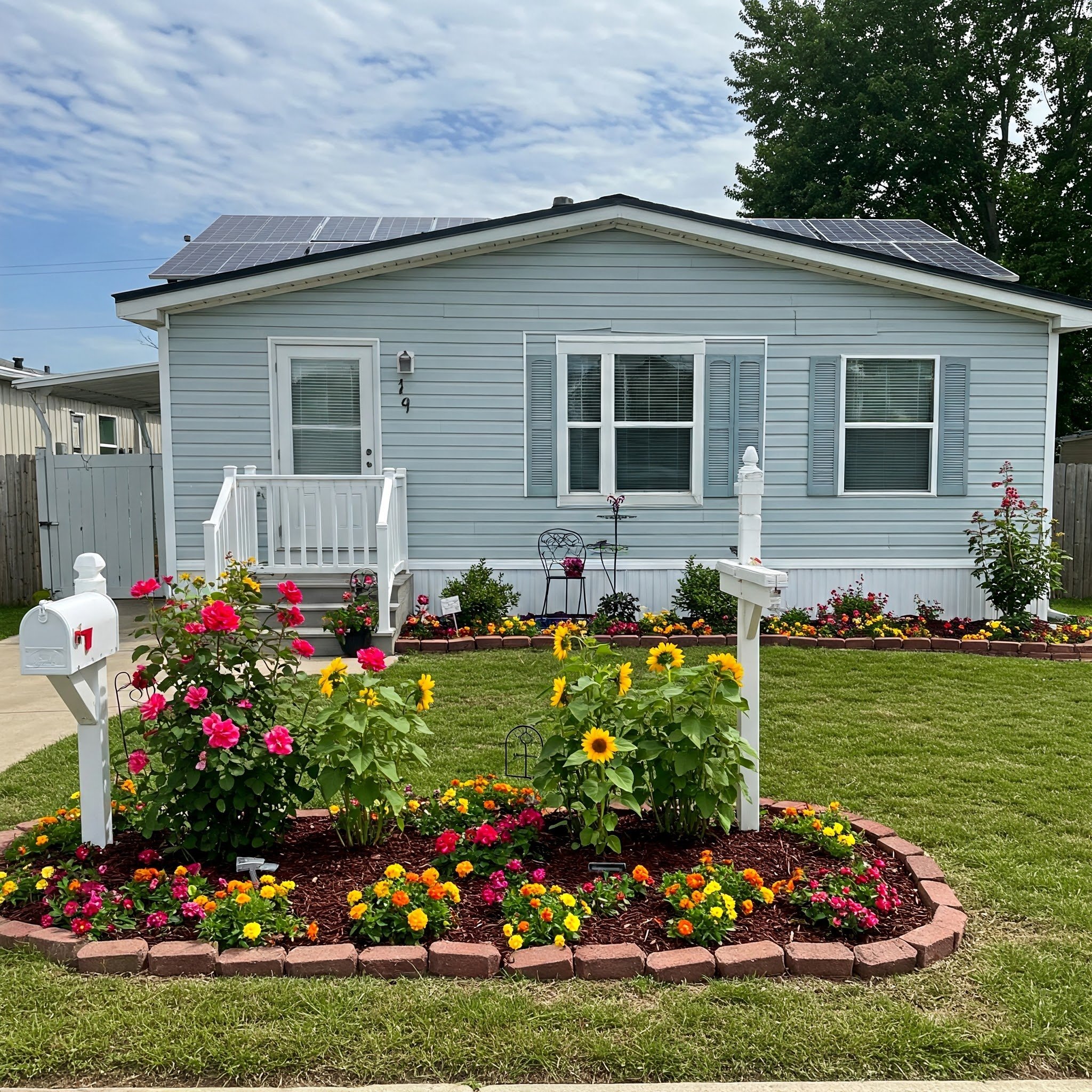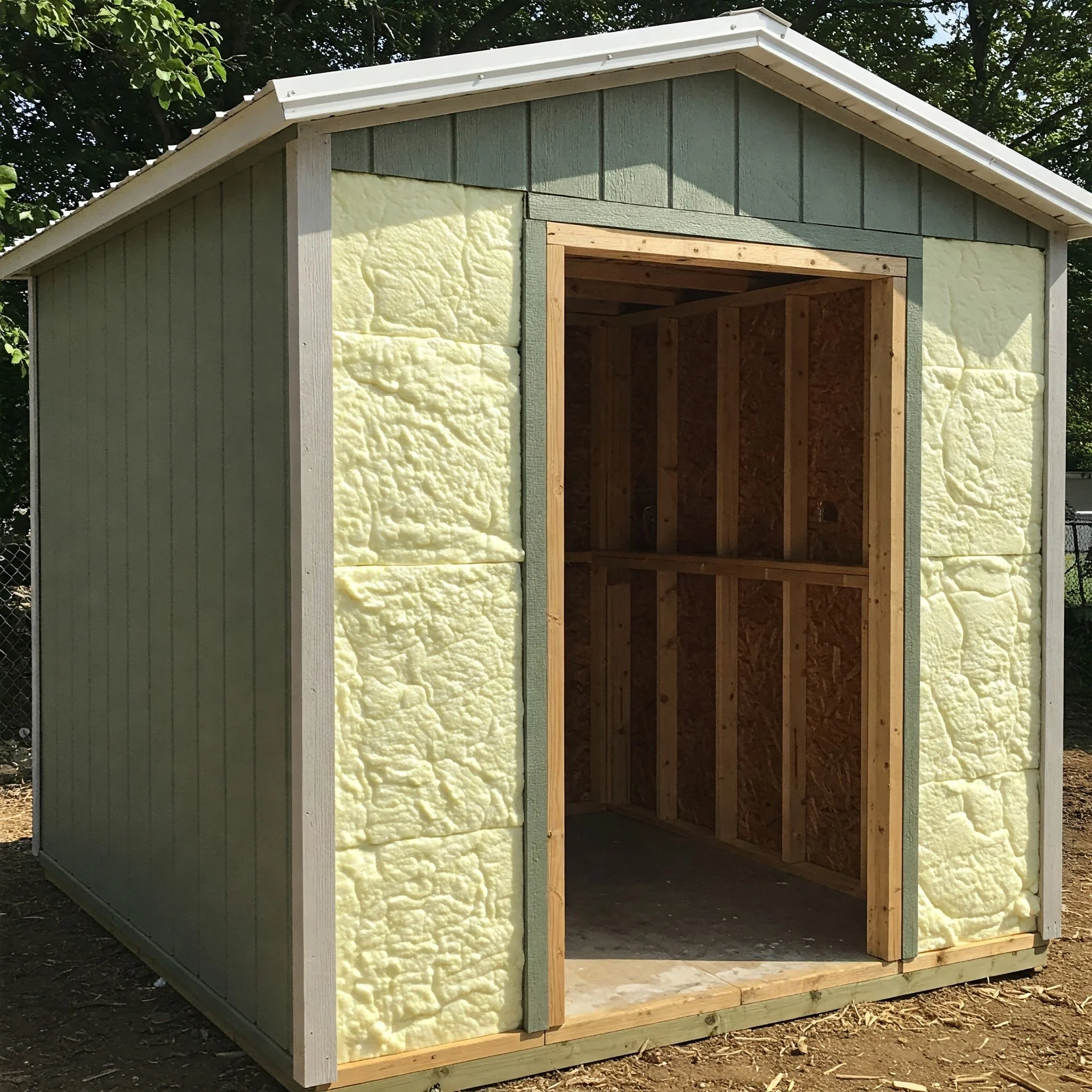How Many Cubic Feet in a Yard of Mulch?
Wondering how much mulch you need for your garden? This guide answers how many cubic feet in a yard of mulch and provides tips for calculating the amount you need to cover your space effectively.
Whether you're looking to refresh your garden or complete a landscaping project, mulch is one of the best tools in your yard care kit. Not only does it enhance your garden’s appearance, but it also helps with moisture retention, soil temperature control, and preventing weeds. But before you go ahead and fill up your cart, one crucial question pops up: How many cubic feet in a yard of mulch?
Don’t worry! In this guide, we'll walk you through exactly how much mulch you’ll need for your project, how to convert between different units of measurement, and how to calculate the right amount of mulch for your space.
Understanding Mulch Measurements: How Many Cubic Feet in a Yard of Mulch?
1. What is a Yard of Mulch?
When it comes to buying mulch, understanding volume measurements is key. Most mulch suppliers sell mulch by the cubic yard, but mulch is often discussed in terms of cubic feet when you're working out how much you need.
A cubic yard of mulch refers to a volume measurement that measures 3 feet by 3 feet by 3 feet.
That’s a block of space 3 feet long, 3 feet wide, and 3 feet tall. This volume equals 27 cubic feet.
Why the difference?
The main reason mulch is sold in cubic yards instead of cubic feet is for practicality. When you’re purchasing mulch in large quantities, it’s simply easier to discuss a volume of 27 cubic feet (a cubic yard) instead of hundreds of cubic feet. Plus, if you’re buying for your whole yard or garden beds, cubic yards give you a clearer picture of how much material you’re going to need.
So, when asking "How many cubic feet in a yard of mulch?", the answer is 27 cubic feet.
Calculating Mulch Requirements for Your Yard
2. How Much Mulch Do You Need for Your Garden?
Once you've figured out that a yard of mulch equals 27 cubic feet, the next question becomes: How much mulch do I need for my garden or flower bed? The amount of mulch you'll need depends on the size of the area you're covering and the desired mulch depth. Here’s a simple way to calculate it.
A. Measuring Your Garden or Lawn Area
Measure the length and width of the area you want to mulch. For example, if you’re mulching a rectangular flower bed, measure how long and wide the area is in feet.
Multiply the length by the width of the area to calculate the total square footage. For example, if your flower bed is 6 feet long and 4 feet wide, the total square footage would be:
6 feet (length) × 4 feet (width) = 24 square feet
B. Determining the Desired Depth of Mulch
The ideal mulch depth for most landscapes is about 2 to 4 inches, depending on the purpose. For example:
For garden beds or flower beds, 2 inches of mulch is sufficient.
For flower beds with a heavy weed issue, you might want to go for a 4-inch layer.
C. Calculating the Number of Cubic Feet Needed
Now that you know your square footage and desired mulch depth, you can calculate the number of cubic feet required. The formula to calculate the amount of mulch you need is:
Area (in square feet) × Desired depth (in inches) ÷ 12 (to convert inches to feet)
For example:
If you have a 24 square foot area and want to apply 2 inches of mulch, the calculation would be:
24 square feet × 2 inches ÷ 12 = 4 cubic feet
D. Converting to Cubic Yards
Once you know the total cubic feet you need, you can convert it to cubic yards by dividing the cubic feet by 27.
For example, if you need 108 cubic feet of mulch, you would do:
108 cubic feet ÷ 27 = 4 cubic yards
Types of Mulch and Their Impact on Your Calculation
3. What Types of Mulch Can You Choose From?
Different types of mulch can affect how much you need to use and their overall coverage. Here’s a breakdown of the most popular types of mulch:
A. Wood Mulch (Shredded or Chipped)
Wood mulch is one of the most common types used for landscaping. It’s typically made from shredded bark, cedar, pine, or hardwood. It tends to break down over time, which makes it great for improving soil health.
Application: Usually applied at a depth of 2 to 3 inches.
Benefits: It adds a natural look to your garden, provides great moisture retention, and discourages weeds.
B. Cedar Mulch
Cedar mulch is a favorite among gardeners for its pleasant aroma and natural insect-repellent properties, particularly against mosquitoes. It also tends to last longer than other mulches, reducing the need for frequent replacement. While it’s slightly more expensive, its durability and added benefits often make it a worthwhile investment for maintaining healthy and attractive garden beds.
Application: Typically used for decorative purposes or in areas where pest control is needed.
C. Rubber Mulch
Rubber mulch is made from recycled tires and is a more modern mulch option. It doesn't decompose, meaning you won't need to replace it frequently.
Application: Excellent for playgrounds and paths, but it’s not ideal for vegetable gardens.
D. Straw Mulch
Straw is a popular choice for mulching in vegetable gardens due to its lightweight nature and ease of application. It provides excellent coverage, helping to suppress weeds and retain soil moisture. Additionally, straw decomposes relatively quickly, enriching the soil with organic matter, making it an eco-friendly and practical option for gardeners seeking healthy, thriving plants.
Application: Often used in vegetable gardens or areas where you want to add organic matter.
Conclusion
So, how many cubic feet in a yard of mulch? The answer is 27 cubic feet per cubic yard. Now that you know how much mulch you need and how to calculate it for your space, you can confidently tackle your next landscaping project. Whether you’re planting a garden bed, improving your lawn, or just adding a decorative touch, mulch is an essential part of yard care. By choosing the right type of mulch, applying it at the right depth, and calculating the right amount, you’ll create a beautiful, healthy garden that thrives year-round.
Happy mulching!
Frequently Asked Questions
1. How many square feet will 1 yard of mulch cover?
Typically, 1 cubic yard of mulch will cover about 100 square feet at a 3-inch depth.
2. Can I use mulch to suppress weeds in my garden?
Yes, mulch is great for weed control. A layer of mulch blocks sunlight, preventing weed seeds from germinating.
3. What’s the difference between wood chips and bark mulch?
Wood chips are larger and typically take longer to break down, while bark mulch is finer and decomposes faster, enriching the soil.
4. How deep should mulch be for weed prevention?
A 3 to 4-inch layer of mulch is ideal for weed prevention, but be careful not to apply too thick of a layer as it can suffocate plant roots.
5. Can I mix mulch types together?
Yes! Some gardeners mix different types of mulch, like combining wood and straw, for both aesthetic and practical benefits. Just make sure the mulch is compatible with your plants.































